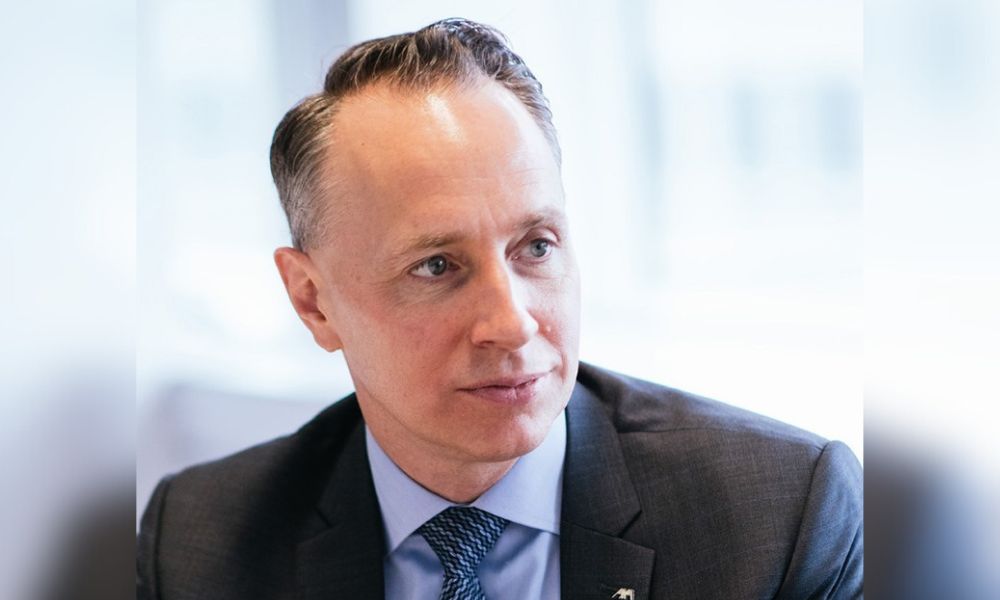

What is the Elite Women list?
Each year, Insurance Business invites industry professionals from across each of its regions to nominate exceptional female performers. These are women who are leaders, breaking through barriers or inspiring those around them. Nominators were asked to outline their achievements over the last 12 months – and those achievements were then put to an independent panel of judges for assessment. In the UK, that panel consisted of:


















